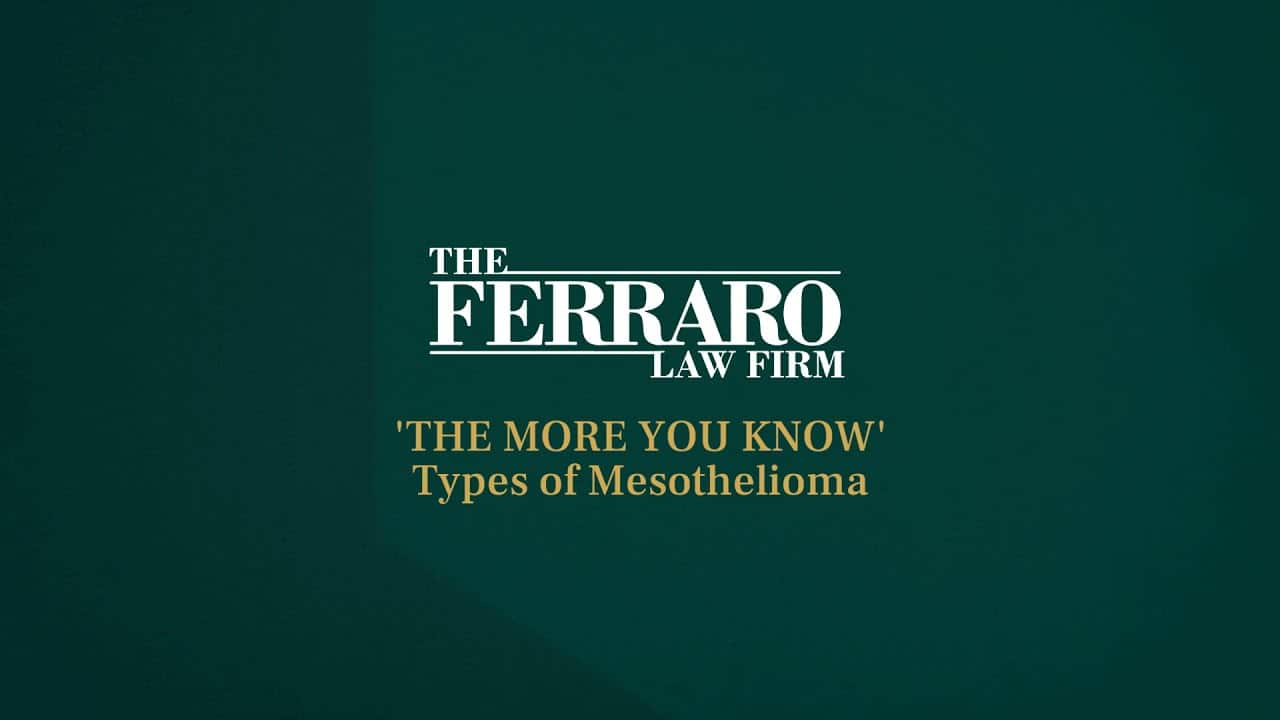If you were seriously injured, remember that it is crucial to choose the right law firm to represent your interests. We have been doing this for more than three decades, and have the resources you need to challenge any opponent.
EPA Ignored Experts When Issuing New Asbestos Rule
Table of Contents
A History of Negligence
Asbestos is a naturally occurring mineral substance that can be woven into fabrics and insulating materials. It used to be the darling of the construction and manufacturing industries because it was cheap, durable, and heat-resistant. However, scientists inevitably discovered that asbestos is also a deadly carcinogen and, to this day, the only known cause of mesothelioma, a cancer that claims thousands of American lives each year.
The Environmental Protection Agency (EPA) reacted to this news by issuing a near-complete ban on asbestos in 1989, though the Fifth Circuit of Appeals overturned this decision a mere three years later. The resultant “partial ban” regulated the manufacturing, importing, processing, and distribution of some asbestos-containing products in the United States. Fortunately, fear of asbestos litigation has prevented most companies from testing the limits of the law; in fact, even the construction and manufacturing industries had completely phased out asbestos building materials and products. However, the United States is still one of the few developed countries that hasn’t outright banned asbestos.
The EPA & a Pro-Business Presidency
In 2017, Donald Trump, a proud and vocal advocate of asbestos, was inaugurated as the 45th President of the United States. Twenty years prior, he released a book called The Art of the Comeback, where he argued that asbestos is “100% safe” and “the movement against asbestos was led by the mob…great pressure was put on politicians, and as usual, the politicians relented.”
In the last two years, his pro-business administration has been ignoring scientific evidence and rolling back critical protections against asbestos exposure. In 2018, the EPA announced a Significant New Use Rule, or SNUR, that horrified the public: going forward, the EPA will not evaluate asbestos that already exists in the environment when weighing the dangers associated with this chemical compound. Furthermore, companies can use asbestos products so long as they have EPA-approval.
Andrew Wheeler of the EPA claims that, “proposing a new rule would allow for the restriction of asbestos manufacturing and processing of new uses of asbestos.” But various fact-checking groups have confirmed that the EPA’s SNUR will put American lives in danger by allowing for potential new uses of asbestos.
After suffering public criticism, the EPA issued an additional rule to prevent companies from importing asbestos without the agency’s knowledge or approval. According to Lisa Friedman of The New York Times, “Under the rule, the agency will require companies to obtain federal approval in order to domestically manufacture or import specific types of products using asbestos. Alexandra Dapolito Dunn, the E.P.A. assistant administrator for chemical safety and pollution prevention, said the rule would ‘close the door’ on using asbestos without approval.”
However, Dunn’s pacifications are just another form of distraction. Even the president of the Asbestos Disease Awareness Organization, Linda Reinstein, claims this rule is “toothless,” and notes that EPA’s new regulations do not restrict the importation of raw asbestos. She, along with many EPA scientists, is concerned that the agency’s questionable regulations will help asbestos make a comeback.
Senior Officials Urge the EPA to Ban Asbestos
On May 8, 2019, news broke that over a dozen senior officials, lawyers, and scientists at the EPA begged the agency to go beyond the limits of the SNUR and completely ban asbestos. In two internal memos acquired by the Asbestos Disease Awareness Organization, staff members wrote that the EPA “should seek to ban all new uses of asbestos because the extreme harm from this chemical substance outweighs any benefit” and “given the significant number of asbestos sites that EPA has to clean up due to improper disposal or abandonment, opening the door to new uses of asbestos is not an economically-wise or health-protective idea.”
The memos also exhibit that the in-house experts at the EPA consider the agency’s review process to be seriously flawed: “Given the current state of knowledge, relying on the decades of AHERA/TSCA definitions will potentially limit the notifications that EPA receives for significant new uses of asbestos. All currently known fibers should be included in the definition of asbestos so that EPA will be assured of receiving notifications and associated information about significant new uses for asbestos.”
Unfortunately, the EPA ignored these experts and chose to endorse regulations that support business interests.
Frequently Asked Questions: Mesothelioma & Asbestos
What is asbestos?
Why is asbestos dangerous?
What are asbestos-related diseases?
What causes mesothelioma?
What are the different types of mesothelioma?
What are common mesothelioma symptoms?
Do I qualify for compensation if I have mesothelioma?
What is the life expectancy for someone with mesothelioma?
Do I qualify for compensation if I have mesothelioma?
Rely on 30+ Years of Experience
Contact The Ferraro Law Firm if you or a loved one has been exposed to asbestos or diagnosed with an asbestos-related disease. Our trial-tested legal team has over 30 years of legal experience and a track record of recovering million-dollar verdicts and settlements. If you’re ready to take legal action, rely on a firm that has litigated against the strongest opponents in the field and won.
If you have questions about your rights, you should not hesitate to discuss your case with our legal team.






